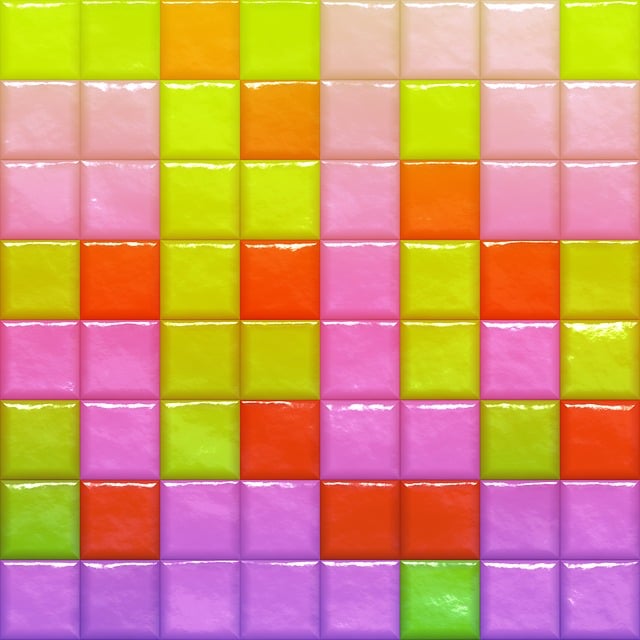Proper tile floor restoration involves understanding different tile types (ceramic, porcelain, natural stone), pre-cleaning with vacuuming/sweeping and pH-neutral cleaners, regular daily care, deep cleaning with steam techniques, tailored chemical restoration based on tile type, sealing to prevent staining and simplify maintenance, and professional services for challenging issues. The "best methods" emphasize tailored care, proper techniques, and protection for optimal tile floor longevity and aesthetics.
Looking to revive your tile floors? Discover the best methods for cleaning tile floors with our comprehensive guide. From understanding different floor types and addressing common issues to expert restoration techniques, we’ve got you covered. Learn about pre-cleaning preparation, daily care tips, powerful steam cleaning, effective chemical restoration, polishing and sealing, and when to seek professional help. Get ready to transform your tiles!
Understanding Tile Floors: Types and Common Issues
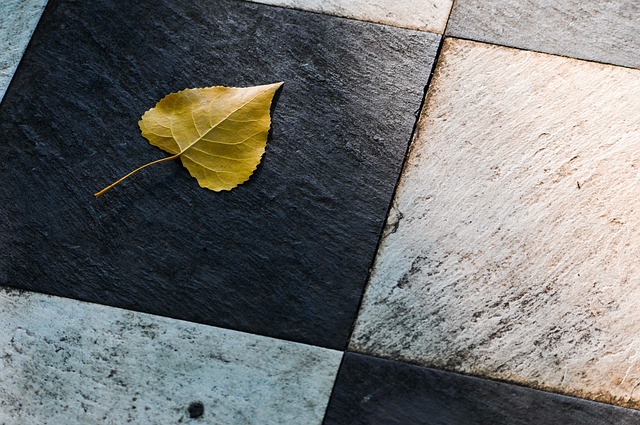
Tile floors are a popular choice for many homeowners due to their durability, low maintenance requirements, and aesthetic appeal. However, like any flooring material, they require proper care to maintain their beauty and longevity. Understanding the different types of tile floors is the first step in effective restoration. Common tile floor materials include ceramic, porcelain, and natural stone, each with unique characteristics and care needs.
Over time, tile floors can accumulate dirt, stains, and wear and tear, leading to a loss of luster and visual appeal. The best methods for cleaning tile floors involve regular vacuuming or sweeping to remove loose debris, followed by using appropriate cleaners tailored to the specific tile type. For more stubborn stains, slightly dampened microfiber cloths or specialized stone and tile cleaners can be effective. Addressing common issues like grout discoloration, cracks, or chips requires targeted techniques, such as deep cleaning, sealing, or in severe cases, partial replacement, to restore the floor’s original condition.
Pre-Cleaning Preparation: The Foundation for Success
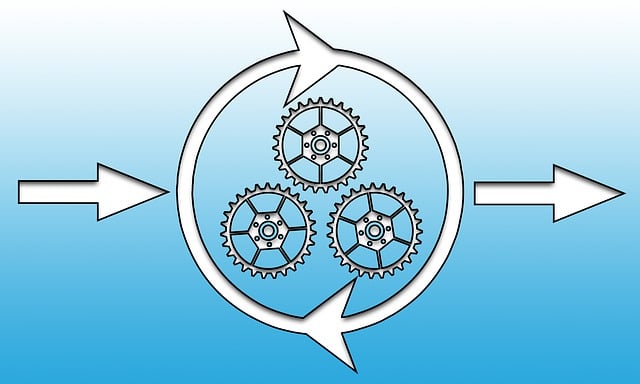
Before beginning any tile floor restoration project, proper preparation is key. The pre-cleaning stage sets the foundation for successful results and longevity of the renovation. Start by sweeping or vacuuming the floor to remove any loose debris, dust, or dirt. This initial step ensures that your cleaning methods can effectively target the stubborn stains and grime buried deeper in the tiles and grout lines.
For optimal cleanliness, a thorough mopping with a detergent solution is recommended. Choose a mild, pH-neutral cleaner designed specifically for tile floors to avoid damaging the surface. Apply the cleaner evenly across the floor, allowing it to saturate any marks or discolored areas. This step will help loosen and remove embedded dirt, making the tiles look fresh again.
Best Practices for Daily Cleaning and Maintenance
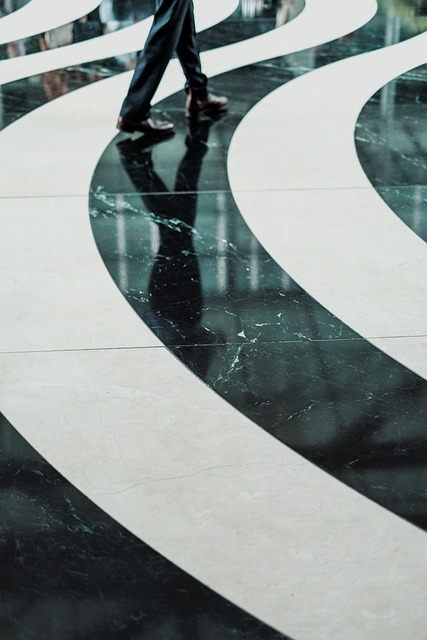
Maintaining tile floors is an essential part of keeping them looking their best over time. The best methods for cleaning tile floors involve a combination of regular care and specific techniques. Daily sweeping or vacuuming is crucial to removing surface debris, dust, and dirt. Using a mild detergent and warm water, combined with a soft-bristled brush or mop, allows for effective yet gentle cleaning. Avoid aggressive scrubbing or harsh chemicals, as these can damage the tile and grout. Regular mopping also helps to prevent stains from setting in, especially in high-traffic areas.
For more thorough cleaning, a steam cleaner can be an excellent investment. These machines use steam to loosen and remove dirt and grime, leaving tiles sparkling clean. Additionally, sealing grout lines regularly with a waterproof sealer is vital to protecting against moisture damage and making future cleaning easier. By following these best practices for daily cleaning and maintenance, you can ensure your tile floors remain in pristine condition.
Powerful Steam Cleaning Techniques for Deep Cleaning

Deep cleaning tile floors requires powerful steam cleaning techniques that penetrate and lift dirt, grime, and stains from the pores. The best methods for cleaning tile floors involve using professional steam cleaners designed to generate high-pressure hot water vapour, effectively removing built-up debris and mould without harsh chemicals. This process not only restores the floor’s appearance but also extends its lifespan by preventing damage caused by filth accumulation.
Professional steam cleaners offer adjustable pressure settings, allowing for versatile cleaning tailored to different tile types and levels of soiling. The hot water vapour softens stubborn stains, while the high-pressure spray dislodges them, ensuring a thorough clean. After steaming, a gentle scrub with a suitable floor cleaner completes the process, leaving your tile floors sparkling and hygienic.
Chemical Restoration: Using the Right Cleaners Effectively
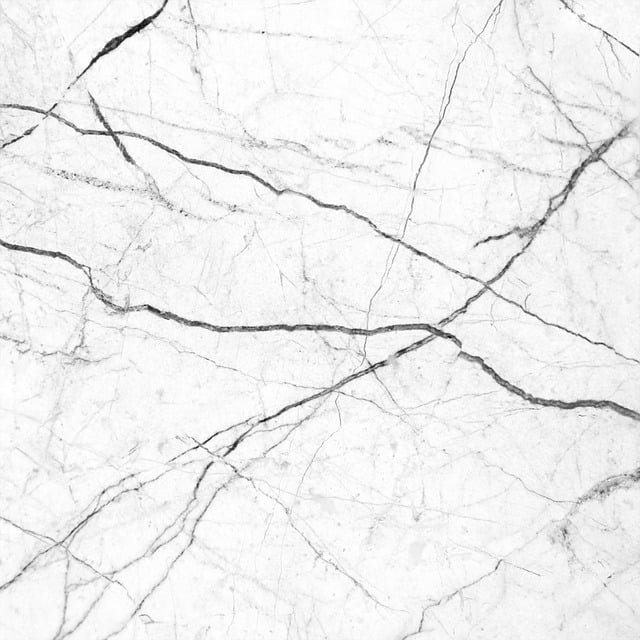
Chemical restoration is a powerful tool in the tile floor cleaning arsenal, but it requires precision and the right products to achieve optimal results. The best methods for cleaning tile floors involve understanding the type of chemicals suitable for different tile types and stains. Using the wrong cleaner can cause more harm than good, leading to discolouration or damage to the tile’s surface.
For example, porcelain tiles often require a mild pH-neutral cleaner, while natural stone tiles like marble or granite may need a specific sealer after deep cleaning to prevent water damage. Always follow manufacturer instructions when using chemical cleaners and consider testing on a small, hidden area first. Regular maintenance with a mild detergent and a soft brush remains an effective and safe approach for everyday tile floor care.
Polishing and Sealing: Restoring Shine and Protecting Surfaces
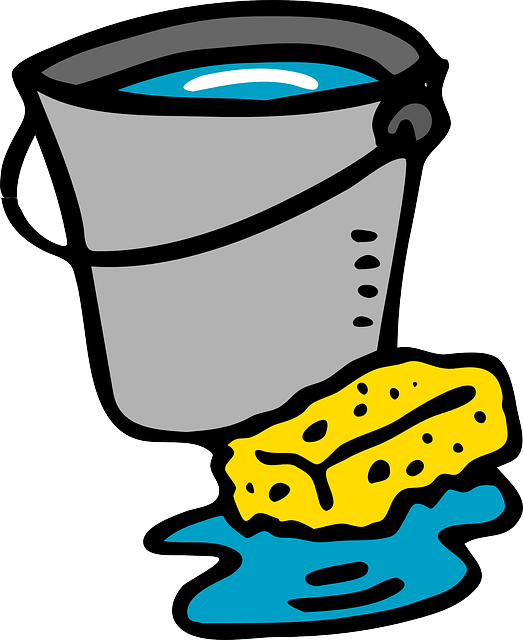
Tile floors, over time, can lose their luster and become dull due to various factors like dirt accumulation, stains, and general wear and tear. Polishing and sealing are effective restoration techniques that not only revive the floor’s original shine but also provide long-lasting protection. The best methods for cleaning tile floors involve a systematic approach: first, removing loose debris and stains with a suitable cleaner, followed by polishing to buff out any remaining marks.
Sealing is crucial after polishing; it creates a protective barrier on the tile surface, preventing future staining and easy cleaning. Choosing the right sealer depends on the type of tiles and traffic volume. This process ensures that not only does your tile floor look as good as new, but it also remains protected against everyday stains and wear, making maintenance easier in the long run.
Professional Tile Floor Restoration: When to Seek Expert Help

Tile floors, with their durability and aesthetic appeal, are a popular choice for many homes and commercial spaces. However, over time, they can lose their luster due to dirt, stains, or simple wear and tear. This is where professional tile floor restoration comes into play. Seeking expert help is advisable when your tiles have suffered significant damage, or if you’re dealing with intricate designs and materials that require specialized care.
Professional restorers employ advanced techniques such as stripping, cleaning, re-grouting, and sealing to revive your floors. They understand the best methods for cleaning tile floors, ensuring minimal disruption to your daily routine while maximizing the longevity and beauty of your tiles. Their expertise is particularly valuable when dealing with challenging stains, old or damaged grout, or unique flooring materials.
